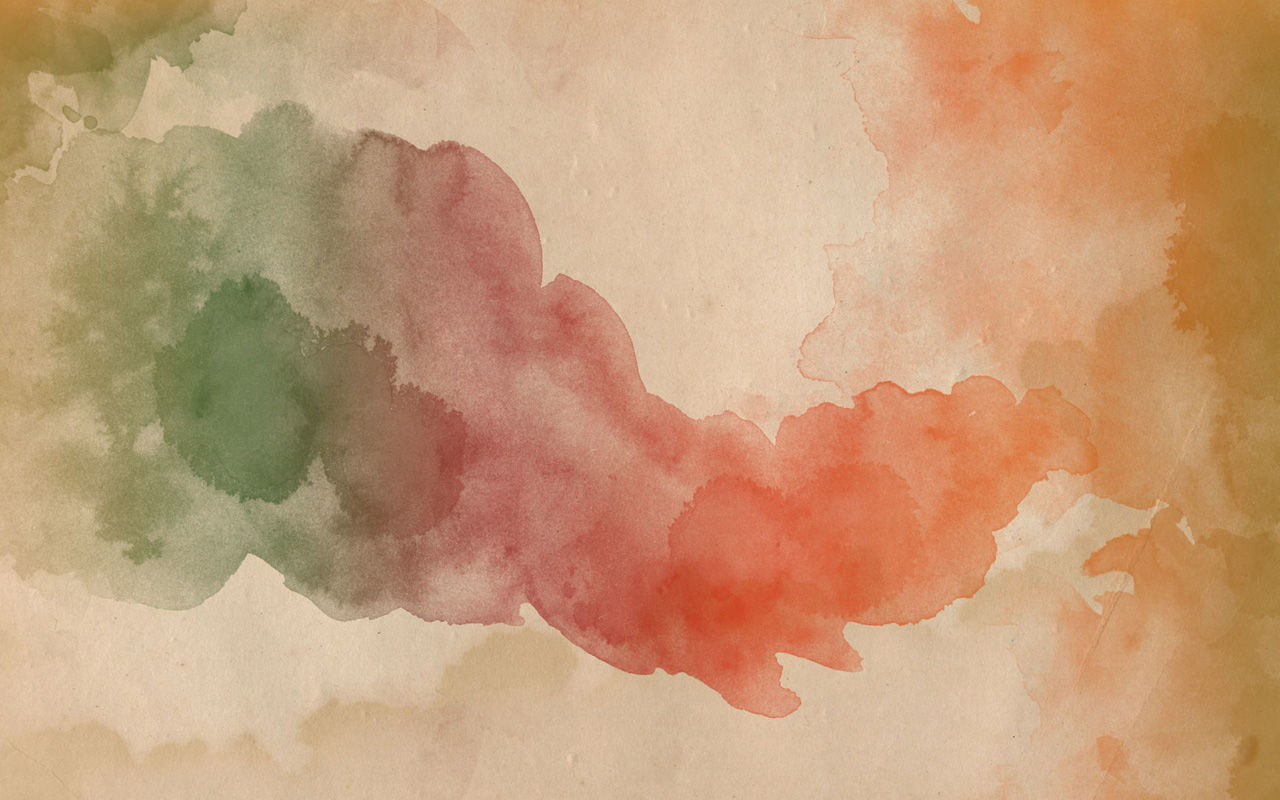

When Not to Receive a Massage
Massage isn't for everyone. There are some serious health conditions that massage can hinder your well being. Here's a brief list of health conditions and things to consider before receiving a massage treatment.
-
Fever: When you have a fever, your body is trying to isolate and expel an invader of some kind. Massage increases overall circulation and could therefore work against your body's natural defenses.
-
Inflammation: Massage can further irritate an area of inflammation, so you should not administer it. Inflamed conditions include anything that ends in –itis, such as phlebitis (inflammation of a vein), dermatitis (inflammation of the skin), arthritis (inflammation of the joints), and so on. In the case of localized problems, you can still massage around them, however, avoiding the inflammation itself.
-
High blood pressure: High blood pressure means excessive pressure against blood vessel walls. Massage affects the blood vessels, and so people with high blood pressure or a heart condition should receive light, sedating massages, if at all.
-
Infectious diseases: Massage is not a good idea for someone coming down with the flu or other contagious illness. You could expose your therapist and their other clients to the virus as well.
-
Hernia: Hernias are protrusions of part of an organ (such as the intestines) through a muscular wall. It's not a good idea to try to push these organs back inside. Surgery works better.
-
Osteoporosis: Elderly people with a severe stoop to the shoulders often have this condition, in which bones become porous, brittle, and fragile. Massage may be too intense for this condition.
-
Varicose veins: Massage directly over varicose veins can worsen the problem. However, if you apply a very light massage next to the problem, always in a direction toward the heart, it can be very beneficial.
-
Broken bones: A little light massage to the surrounding areas can improve circulation and be quite helpful.
-
Skin problems: Anything that looks like it shouldn't be there, such as rashes, wounds, bruises, burns, boils, and blisters, for example should avoided. Usually these problems are local, so you can still receive massage in other areas.
-
Cancer: Cancer can spread through the lymphatic system, and because massage increases lymphatic circulation, it may potentially spread the disease as well. Simple, caring touch is fine, but massage strokes that stimulate circulation are not. Always check with a doctor first.
-
Other conditions and diseases: Diabetes, asthma, and other serious conditions each has its own precautions, and you should seek a doctor's opinion before receiving massage.
-
HIV infection: Some people still think of AIDS as something that can be "caught" through simple skin-to-skin contact, but most of us know that's not the case. If there is no exchange of bodily fluids (blood, semen, vaginal fluids, or mother's milk), HIV can't be transmitted during massage. So, HIV infection is not contraindicated for this reason. However, some of the infections that people suffering from the later stages of AIDS experience are contraindicated, and you should avoid those infections. Loving, soothing contact is extremely important for people at any stage of infection, but in the case of any visible rashes, sores, lesions, or swelling, massage is best left to a professional. If you have any cuts or scrapes or scratches on your hands, it's an especially good idea to wear thin surgical gloves while massaging an HIV-infected person with any signs of open lesions.